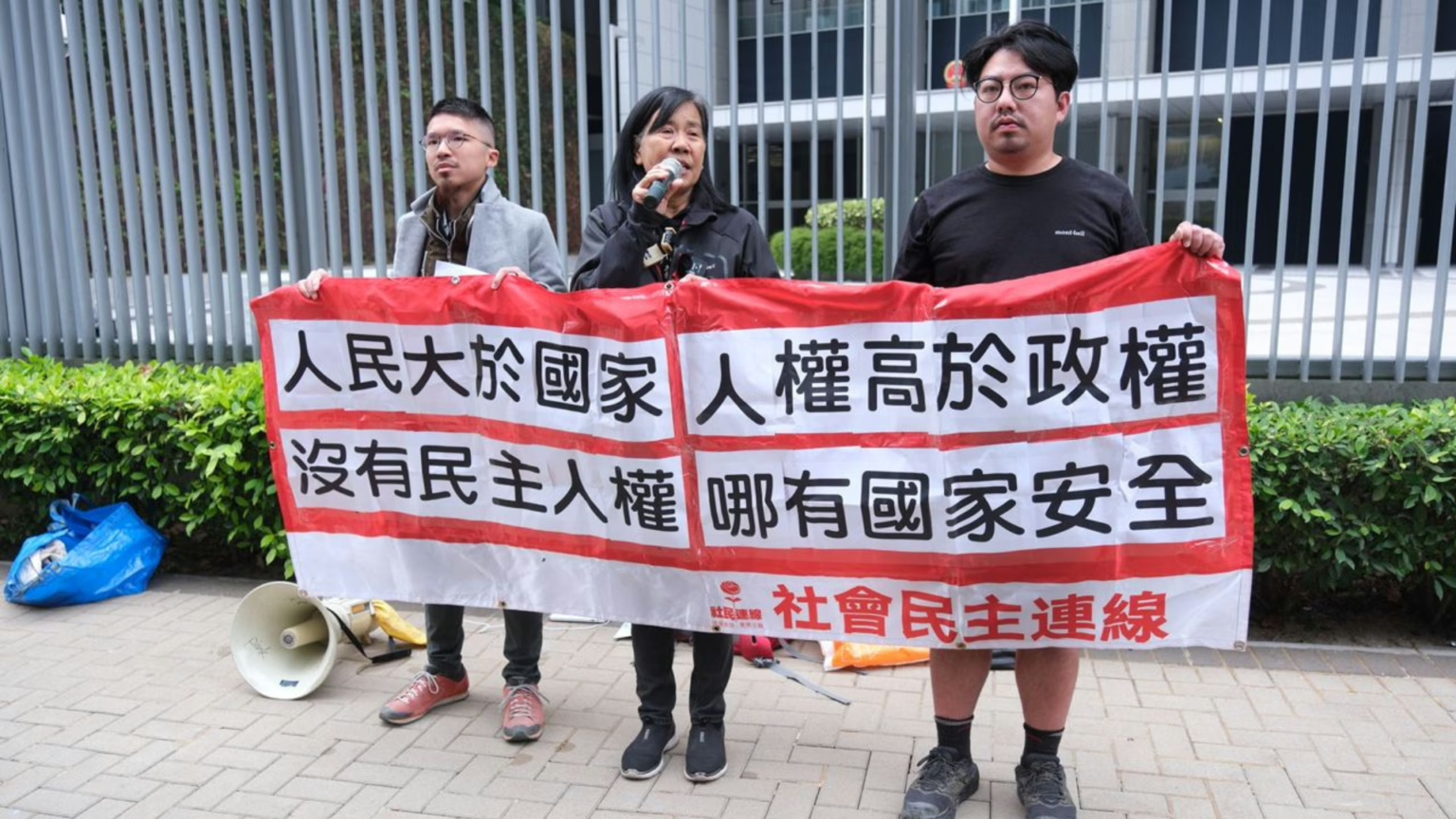The smoldering rivalry between nuclear-armed neighbors India and Pakistan has erupted into deadly conflict in disputed Kashmir, pushing South Asia to the brink of catastrophe. A shaky U.S.-brokered ceasefire, announced on May 10, is unraveling amid fresh explosions and mutual accusations of betrayal, as the United States, United Kingdom, and other global players scramble to avert a full-scale war.
Flashpoint in Kashmir
The crisis ignited on April 22, 2025, when a brutal terrorist attack in Pahalgam, Indian-administered Kashmir, left 26 civilians dead—25 Indians and one Nepali. India pointed the finger at Pakistan-backed militants, a claim Islamabad vehemently denied, demanding an independent probe. The attack shattered a fragile calm in Kashmir, a region split between India and Pakistan since the bloody 1947 partition of British India. Both nations claim the entire territory, with India controlling roughly half, Pakistan a smaller portion, and China a sliver. The Line of Control (LoC) dividing them has long been a tinderbox, fueling three wars (1947-1948, 1965, 1971) and countless clashes.
Tensions boiled over on May 7 when India unleashed Operation Sindoor, pounding nine alleged terrorist hideouts in Pakistan and Pakistan-administered Kashmir with airstrikes. Pakistan hit back with Operation Bunyan Ul Marsoos, targeting Indian military sites. The tit-for-tat strikes have killed dozens—31 to 36 in Pakistan, 16 to 24 in India, per official reports—displaced thousands, and paralyzed the region, with schools shuttered and tourism at a standstill.
Dueling Narratives
India’s Stance: New Delhi accuses Pakistan of bankrolling terrorism, pinning the Pahalgam massacre on Islamabad’s proxies. Foreign Secretary Vikram Misri called the airstrikes a “decisive blow” against planned attacks, citing intelligence reports. India also alleges Pakistan deployed Turkish drones to test its air defenses, escalating the fight beyond Kashmir. With economic growth slumping to a four-year low of 6.5% and nationalist fervor surging, Prime Minister Narendra Modi’s government is under intense pressure to flex its military muscle.
Pakistan’s Defense: Islamabad rejects any link to the Pahalgam attack, branding India’s airstrikes as “reckless aggression” that slaughtered civilians, including children, in Punjab and Pakistan-administered Kashmir. Pakistani officials slam India for flouting international law and destabilizing a nation already reeling from economic woes and IMF loan demands. The military claims it downed five Indian jets—a boast India dismisses—and accuses New Delhi of wielding Israeli drones. Prime Minister Shehbaz Sharif has galvanized domestic support by casting India as the villain.
A Feud Forged in History
The India-Pakistan grudge traces back to the 1947 partition, a chaotic split that birthed two nations amid religious and ethnic bloodshed, killing up to two million and displacing millions more. Kashmir, with its Muslim majority and Hindu ruler, became a flashpoint when its accession to India sparked the first war. Later conflicts, including the 1999 Kargil clash, cemented mutual loathing. Both nations now wield nuclear arsenals—India with ~180 warheads, Pakistan ~170—making any misstep a global threat. Fueled by cultural divides and domestic hardliners, Kashmir remains a non-negotiable symbol of national honor.
Global Powers Step In
United States: The U.S. spearheaded a ceasefire deal on May 10, effective at 17:00 local time, after frantic talks led by Secretary of State Marco Rubio and Vice President J.D. Vance. President Donald Trump trumpeted the agreement online, urging dialogue. But the truce crumbled within hours as India reported blasts in Srinagar and Jammu, blaming Pakistan. Vance signaled Washington’s reluctance to dive deeper into “someone else’s fight,” despite fears of nuclear fallout.
United Kingdom: Britain, tied to the region by its colonial past, has pushed for calm and offered to mediate. Prime Minister Keir Starmer’s government condemned the violence and backed UN-led talks. But a new UK-India trade deal, inked in March 2025 to boost trade by 20% in five years, has raised eyebrows in Islamabad, which sees it as London tilting toward New Delhi. Still, Britain’s balanced rhetoric and deep ties to both nations keep its mediation cred intact—for now.
Other Players: China, Pakistan’s top ally and arms supplier, urged restraint and offered to host talks, flexing its Belt and Road clout. Saudi Arabia, Iran, and the G7 called for cooler heads, while the UN sounded alarms over the “catastrophic” risks of nuclear escalation.
UK-India Trade Deal Under Scrutiny
The UK’s shiny new trade pact with India, promising jobs and market access, is stirring diplomatic ripples. Pakistan fears it signals British bias, potentially denting London’s neutrality as a mediator. If Islamabad leans harder on rivals like China, the deal’s economic wins could come at a geopolitical cost. Yet Britain’s careful diplomacy suggests it can still play peacemaker, provided it sidesteps any moves that seem to endorse India’s military gambit.
Teetering on the Edge
With explosions still echoing across Kashmir and both sides trading barbs over ceasefire breaches, the region is a powder keg. The U.S., UK, and others face a race against time to halt a slide into all-out war. For India and Pakistan, old wounds and domestic politics make backing down tough, but the shadow of nuclear disaster might just drag them to the table. The next few days will decide whether peace holds—or collapses.
Discover more from “Bridging Hongkongers. Reporting Truth.”
Subscribe to get the latest posts sent to your email.




